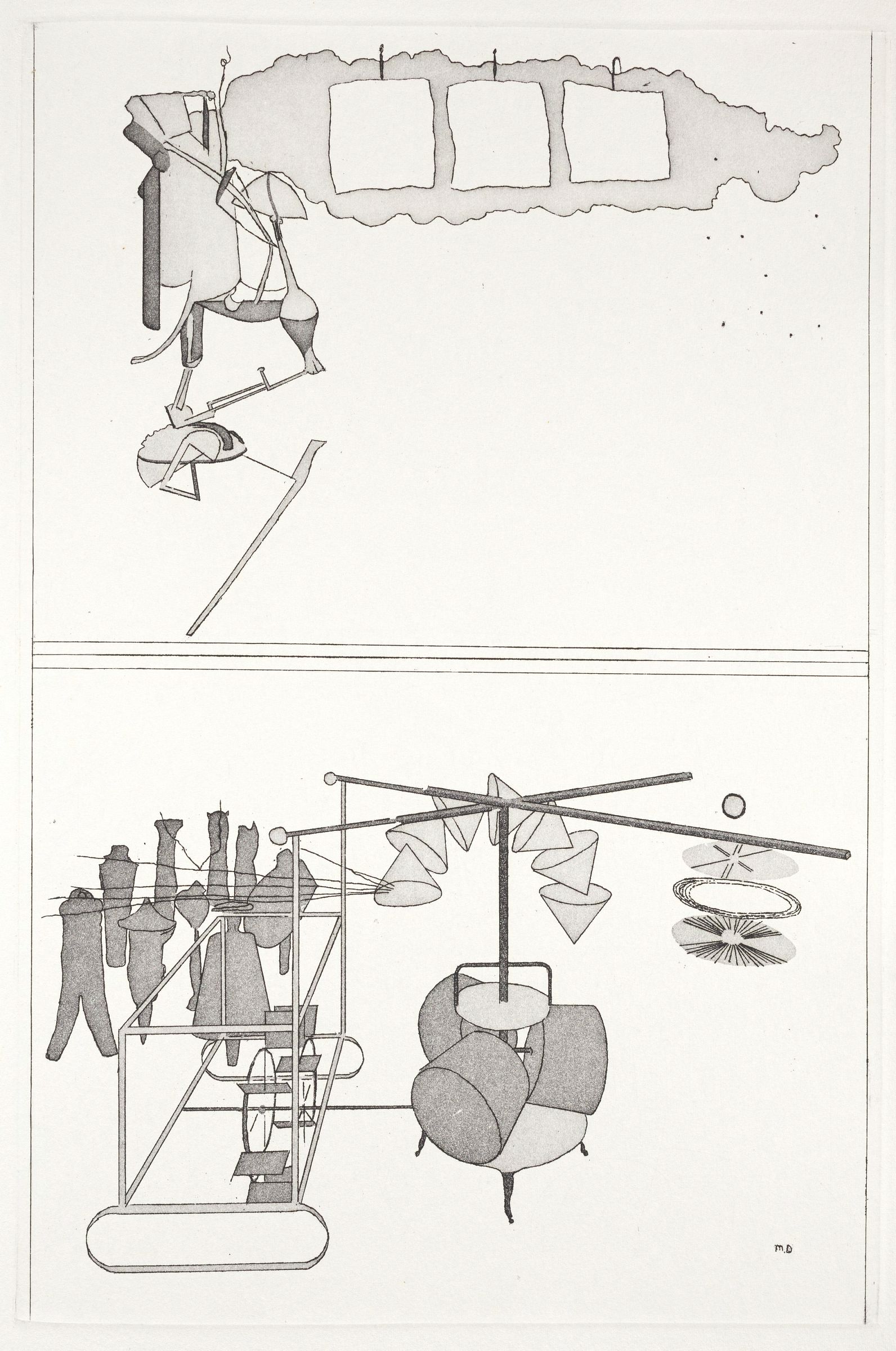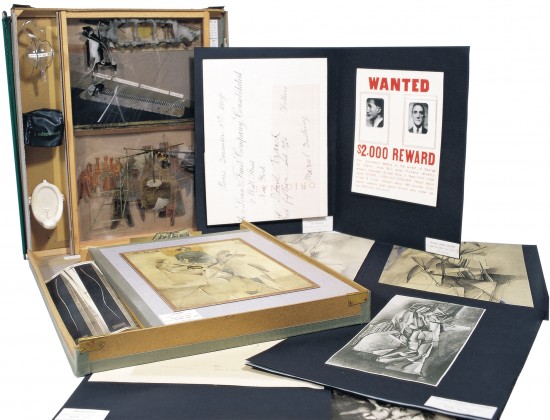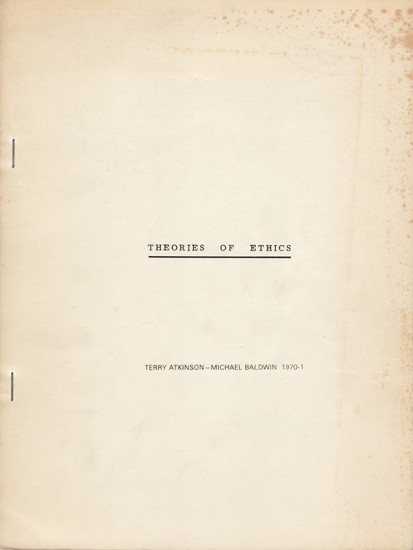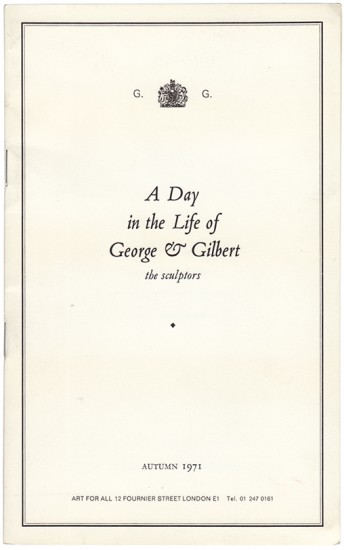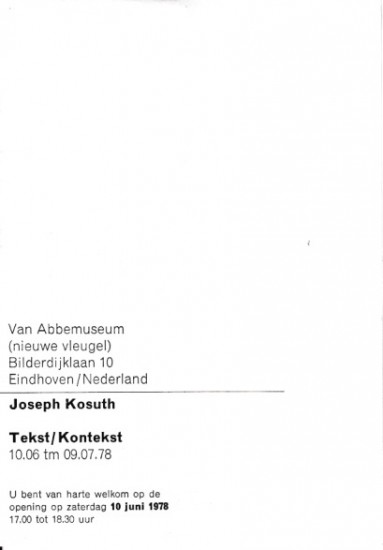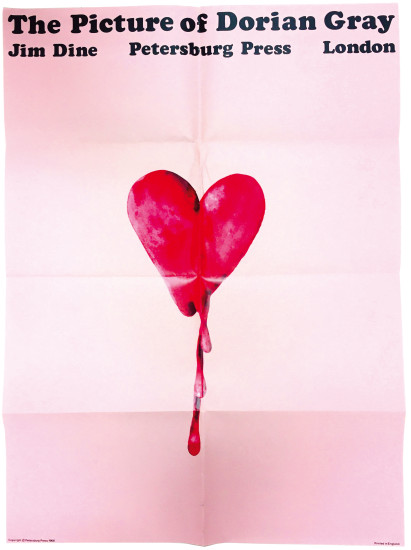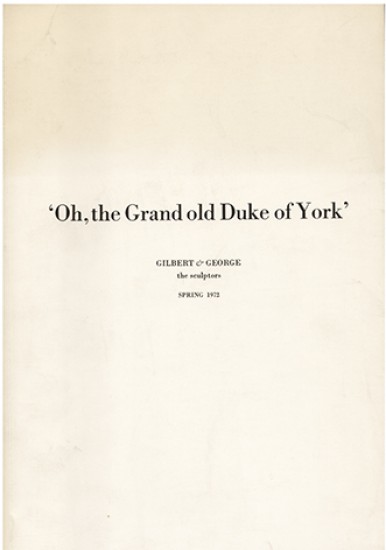The Large Glass and Related Works
Duchamp, Marcel. Schwarz, Arturo
Milan. Schwarz Gallery. 1967–1968
A superb copy, pristine in the original protective wooden shipping boxes, of Marcel Duchamp's final, exegetic pronouncement on his 'most important work': 'La Mariée Mise à Nu par Ses Célibataires, Même', 'The Large Glass'.
From the edition limited to 150 numbered copies on handmade wove paper with the watermark 'THE LARGE GLASS', with each volume signed by Duchamp and Schwarz; 15 hors commerce copies numbered in Roman numerals were also issued.
Marcel Duchamp considered 'The Large Glass' to be 'the most important work I ever made'. A large kinetic structure composed of plate glass and lead wire, Duchamp constructed the work in New York from 1915 to 1923. The Schwarz-Duchamp collaboration, resulting in the present work, is based on the notes Duchamp made during construction of the Large Glass. All unpublished notes were recovered by Duchamp in 1964, and from this collection Arturo Schwarz selected the 39 most directly concerned with the Large Glass.
The 'Large Glass' was meant to be a mechanically functioning apparatus composed of two principal elements: the Bride (several plates of glass located at top of structure) and the Bachelors (nine moulds).
This copy retains the original wooden mailing crates; as such, the copy is in superb condition and the perspex slipcase for vol. I is unusually well preserved. The crates feature matching numbering to the book, stamp-numbered and in manuscript in pencil to the exteriors.
[Schwarz 643; Schwarz 658].
From the edition limited to 150 numbered copies on handmade wove paper with the watermark 'THE LARGE GLASS', with each volume signed by Duchamp and Schwarz; 15 hors commerce copies numbered in Roman numerals were also issued.
Marcel Duchamp considered 'The Large Glass' to be 'the most important work I ever made'. A large kinetic structure composed of plate glass and lead wire, Duchamp constructed the work in New York from 1915 to 1923. The Schwarz-Duchamp collaboration, resulting in the present work, is based on the notes Duchamp made during construction of the Large Glass. All unpublished notes were recovered by Duchamp in 1964, and from this collection Arturo Schwarz selected the 39 most directly concerned with the Large Glass.
The 'Large Glass' was meant to be a mechanically functioning apparatus composed of two principal elements: the Bride (several plates of glass located at top of structure) and the Bachelors (nine moulds).
This copy retains the original wooden mailing crates; as such, the copy is in superb condition and the perspex slipcase for vol. I is unusually well preserved. The crates feature matching numbering to the book, stamp-numbered and in manuscript in pencil to the exteriors.
[Schwarz 643; Schwarz 658].
[158 leaves (vol. I) + 100 leaves (vol. II); pp. xiv, 293, (5); viii, 142, (5)]. 2 vols. Folio. (425 x 260 mm). Half-title, printed title and contents to each vol., vol. I with Schwarz's dedication to André Breton, quotation by Lewis Carroll and text including reproductions of Duchamp's notes in black with highlighting where applicable in colour and illustrated with 9 original etchings by Duchamp (2 double-page as spreads), vol. II with explanatory note and text with bibliography and final quotation from Shakespeare and illustrated with 9 original etchings by Duchamp, final leaves to each vol. with justification and achevé d'imprimer. Loose as issued in original publisher's white printed paper wrappers with titles to front covers in black and red, vol. I with white canvas chemise with titles to spine in black and red and clear plexiglass printed slipcase with colour image of 'The Large Glass' to front cover, vol. II with orange silk-covered cloth chemise with titles to spine in burgundy and matching slipcase with printed 'éros c'est la vie / Rrose Sélavy' in burgundy to front cover, each vol. preservved in the matching original mailing box.
#48554

